An axe has been basically the same for 8,000 years, then a Finnish inventor noticed that an asymmetry in the head could convert a linear strike into rotational energy and AHA!, you have an axe that is leaps ahead of other axes with regards to splitting the wood.
In our analysis of the history of inventions, the least noticed feature always becomes cornerstone of something radically new. But how do you notice the least-noticed? We have a way.
In our analysis of the history of inventions, the least noticed feature always becomes cornerstone of something radically new. But how do you notice the least-noticed? We have a way.
The Asymmetrical Axe: Ideal for Splitting
http://www.geek.com/news/physics-exploiting-axe-splits-wood-in-record-time-1591725/
http://www.geek.com/news/physics-exploiting-axe-splits-wood-in-record-time-1591725/
Here's how to notice the least-noticed.
We created 50 Viewing Lenses from all our analysis of breakthrough inventions throughout history. Examine your object of interest through each of these lenses and you will notice what you have been overlooking.
We created 50 Viewing Lenses from all our analysis of breakthrough inventions throughout history. Examine your object of interest through each of these lenses and you will notice what you have been overlooking.
Examining an Axe Through the 50 Viewing Lenses
By examining a typical axe through each lens, you will notice that all axes are symmetrical and think about the consequences of an asymmetrical axe.
Reducing Concussions
We examined a typical football helmet through the 50 Viewing Lenses and noticed 6 least-noticed features that could lead to new ways to reduce concussions. One of our ways reliably turns direct helmet hits into glancing blows. Researchers at Penn State, a premier concussion research center, want to meet with us.
Reducing Concussions
We examined a typical football helmet through the 50 Viewing Lenses and noticed 6 least-noticed features that could lead to new ways to reduce concussions. One of our ways reliably turns direct helmet hits into glancing blows. Researchers at Penn State, a premier concussion research center, want to meet with us.
Reducing Concussions by Examining a Helmet through 50 Viewing Lenses

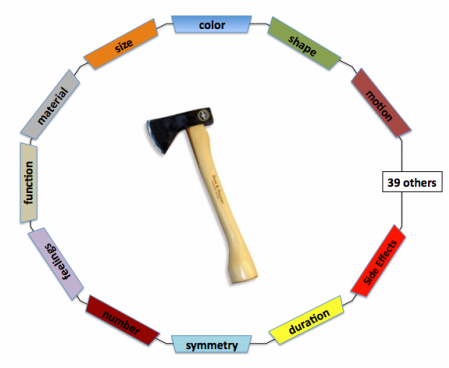
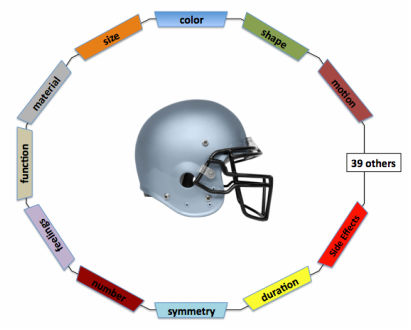
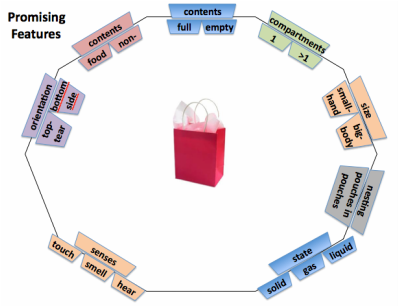
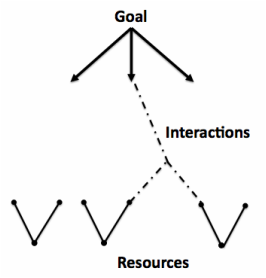
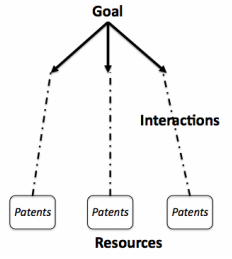
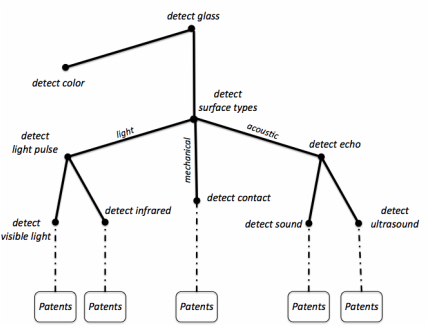
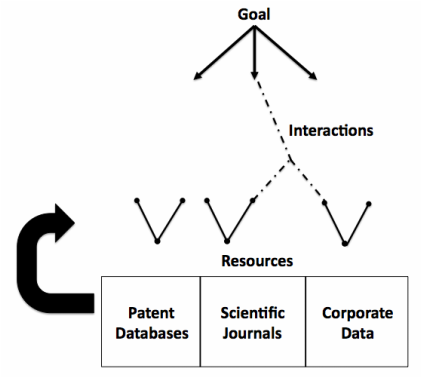
 RSS Feed
RSS Feed
